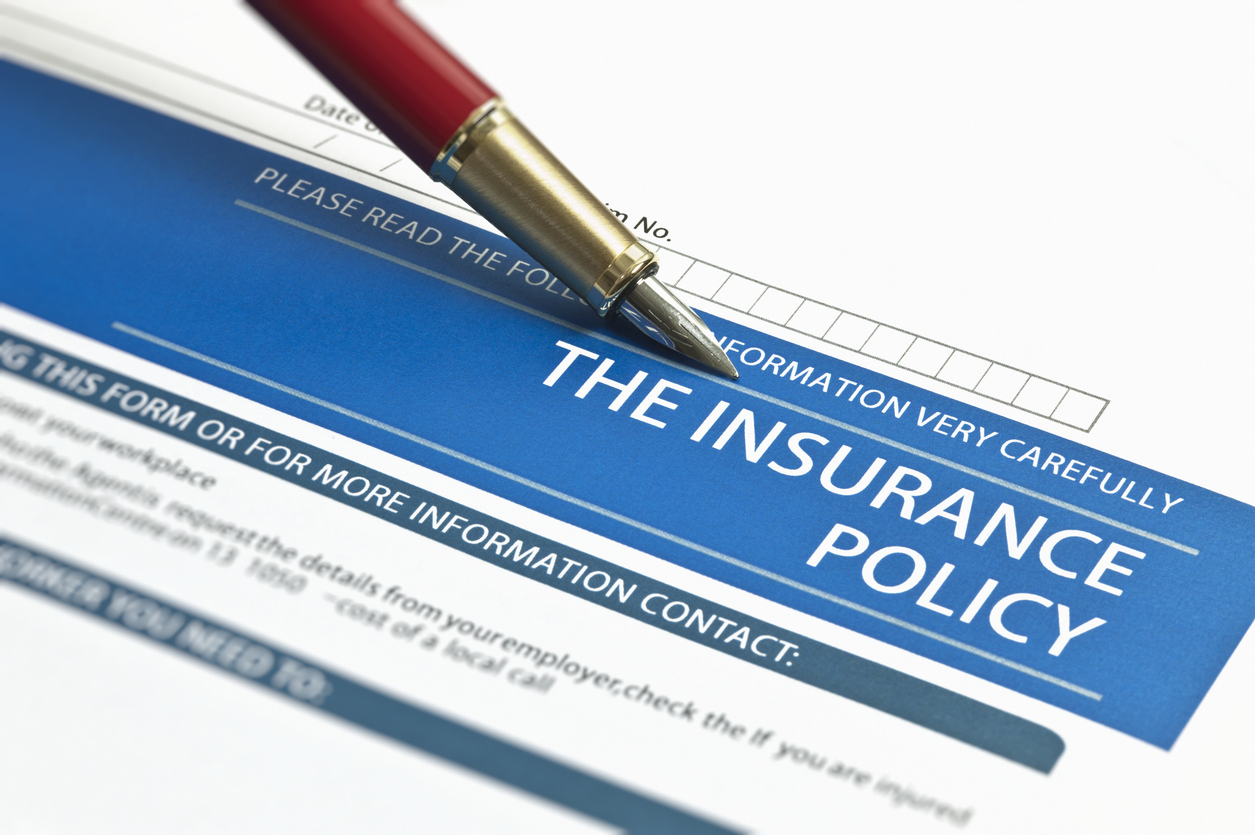It takes many good deeds to build a good reputation, and only one bad one to lose it
-Benjamin Franklin
A good reputation is more valuable than money. A broken reputation may possibly be repaired, but the world will always keep their eyes on the spot where the crack was. One scandal can destroy an empire and short of inventing a time travel machine, there’s not much that can be done to change the public’s perception. Take for example, the recent Penn State child sexual abuse allegations. The entire nation spent weeks, judging the institution’s incident reporting practices and procedures. The damage? A decrease in student recruitment, alumni donations and, perhaps, federal funding.
A recent Business Insurance article stated that:
Moody’s Investors Services Inc. weighed the reputational damage in its review of Penn State’s bond rating.
In 2011, Penn State’s major sources of revenue supporting its $4.5 billion in operations were derived from student tuition, housing and auxiliary fees, and health care operations. Private donations totaled $235 million—among the highest of all U.S. public universities, Moody’s said in a statement.
Sources of Penn State’s credit risk include the cost of litigation and potential settlements, loss of federal and state funding for research and other programs, weakened student demand, and diminished philanthropic support, among others, Moody’s said.
Higher education risk managers can mitigate potential reputational risks using insurance and risk management techniques, which often start with making sure that allegations of misconduct are avoided, experts say.
The standard ISO Business Income Coverage Form CP 00 10 does not provide coverage for reputational or consequential damages. Educational risk managers, and those involved in protecting well-established brands or institution should be concerned. Reputational damage is difficult to quantify and the risk of loss is as predictable as a two-year old.
Further, most reputational risk insurance products provide only crisis management services (a.k.a public relation firms) and do not indemnify loss of revenue tied to potential reputational damage.
Many higher education institutions rely on Enterprise Risk Management (ERM) programs (offered by large risk managing firms), where teams perform routine due diligence reviews to maintain university community awareness of their responsibilities and obligations and the rules and procedures in place to deal with potential misconduct. Another best practice is to have a business continuity plan that provides faculty and administrators with updates on the various reporting laws and institutional procedures.
ERM programs and business continuity awareness plans are transferrable tools that could help any business that derives income from its public image. However, it is important to note that these tools do not provide coverage for the millions of dollars lost as a result of a scandal that tarnishes a business’ reputation.
The article also reports that efforts to develop business income loss coverage for reputational damage are already under way.
Lockton Cos. L.L.C. is working with insurers to develop business interruption insurance coverage resulting from the reputational damage suffered by universities or colleges, said Teena Hostovich, executive vp at Lockton Insurance Brokers L.L.C. in Los Angeles.
“Reputational damage has several different forms,” Ms. Hostovich said, noting that a decrease in student recruitment stemming from reputational damage is a business interruption loss that is very difficult to quantify.
“Most business interruption coverage currently is tied to specific types of losses that are much (easier) to quantify,” she said. “We’re working on some language now that might address this type of thing."
Reputable brand name enterprises should consider these products and best management practices. The days of sweeping mishaps under the rug are over and the court of media and public opinion can trash a hundred years of hard work, judging the conduct of a single moment.



